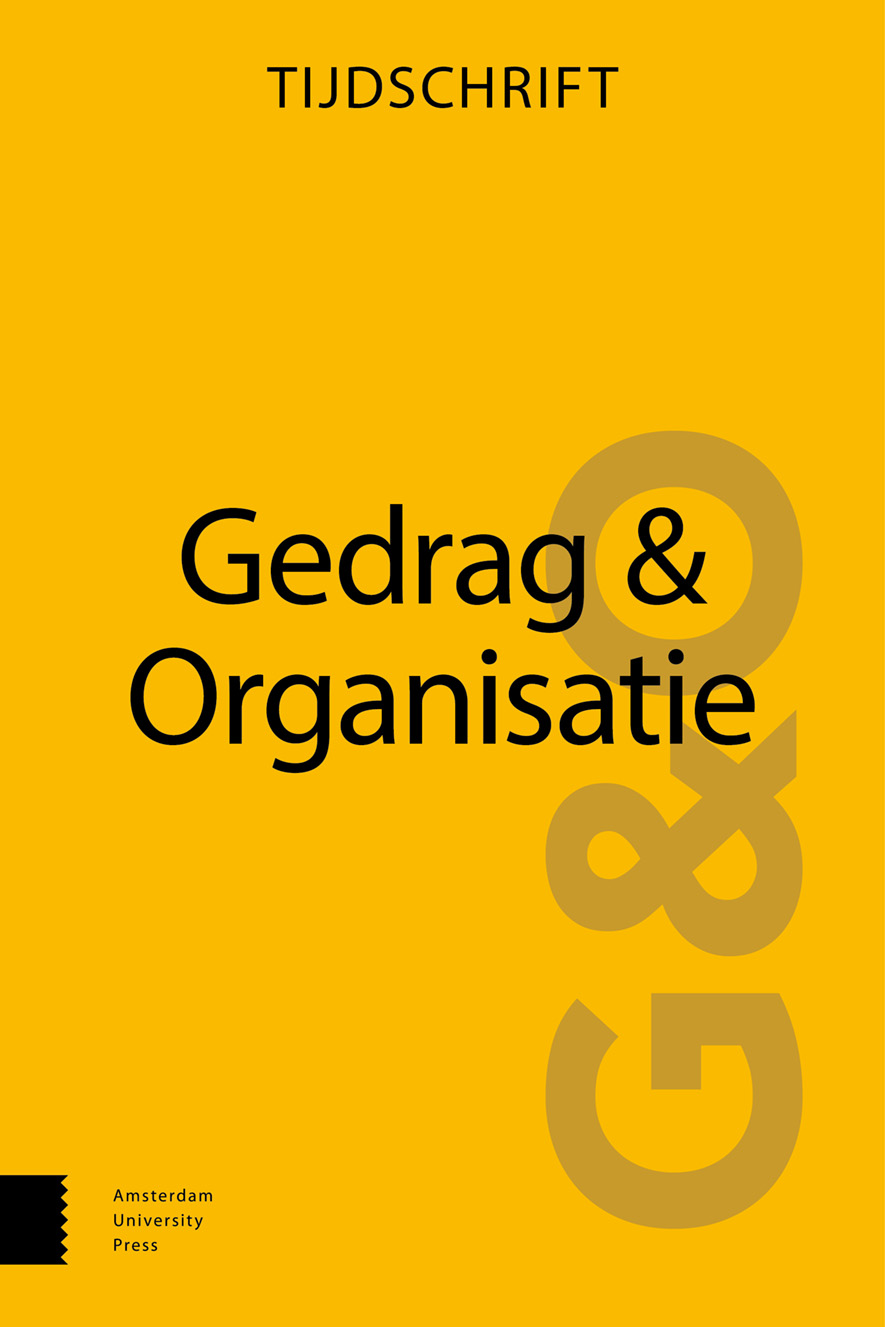-
oa Maken vele handen licht werk? Geleerde lessen uit de eerste COVID-19-golf over verpleegkundige teamsamenstellingen op de Intensive Care
- Amsterdam University Press
- Source: Gedrag & Organisatie, Volume 34, Issue 3, Aug 2021,
Abstract
COVID-19 heeft veel impact gehad op de zorg en veel geëist van verpleegkundigen. Tijdens de eerste coronagolf lag de druk vooral bij de Intensive Care (IC)-afdelingen. Om aan de verpleegkundige zorgvraag te kunnen voldoen, werd er gewerkt met tijdelijke, wisselende teams waarin IC-verpleegkundigen samenwerkten met ondersteunende zorgprofessionals (‘cross-boundary teaming’). Het doel van dit artikel is om inzichtelijk te maken hoe teaming vorm heeft gekregen op de IC-afdelingen tijdens de eerste COVID-19-golf en welke kansen en uitdagingen dit dynamische en flexibele teamwerk biedt voor teamsamenstellingen in de toekomst. Naar aanleiding van interviews met zorgprofessionals die op de IC-werkvloer stonden, kunnen we concluderen dat ‘vele handen niet noodzakelijk lichter werk maken’. Grenzen vervaagden en de saamhorigheid tijdens de acute crisissituatie zorgde voor ruimte om te experimenteren met taak- en rolverdeling. Tegelijkertijd was er juist een sterke behoefte aan vaste taakafbakening en ontstonden er conflicten op het gebied van veranderende verantwoordelijkheden. Het arbeidsmarktekort en de verwachting dat er structureel meer IC-bedden nodig zijn, benadrukken het belang van investeren in beschikbare capaciteiten en alternatieve teamsamenstellingen. De geleerde lessen uit de COVID-19-crisis kunnen bijdragen om verdere veranderingen in gang te zetten en vorm te geven.


